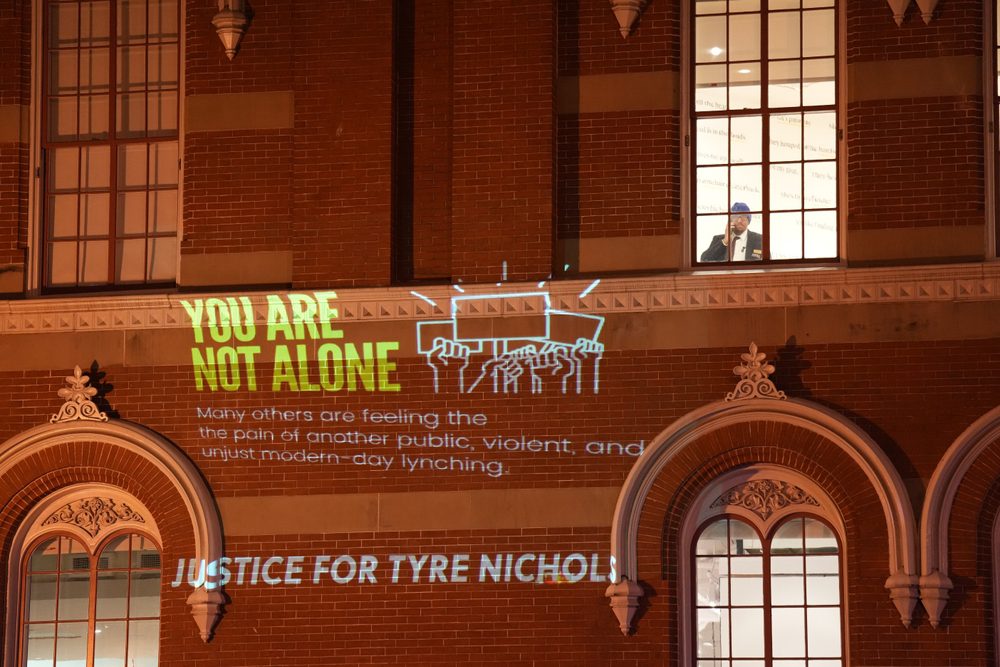On the Tragic Death of Tyre Nichols

Don’t Cry
Don’t shed a tear
The time I shared with you will always be
And when I’m gone, please carry on
Don’t Cry for me
—Song by BeBe and CeCe Winans
“Mommy will miss you,” the mother of Tyre Nichols said while discussing her son’s senseless slaying earlier this month. Here we are again. Tyre Nichols’ tragic death in Memphis, Tennessee, at the hands of state agents, is a familiar narrative in this country. We, as a society, have been here before in our history, and many of us are tired. There have been countless murders of Black men by hands unknown and known, including by rogue vigilantes and members of law enforcement. The names are too numerous to list here on this page, from Emmett Till to Jim Lee Jackson, James Byrd Jr., Sean Bell, Amadou Diallo, Tamir Rice, Trayvon Martin, George Floyd, and now Tyre Nichols. This cannot be reformed. We at AAIHS strenuously condemn the murder of Mr. Nichols. But, we as historians know that we have been here before and that history is a dialogue between past and present. Words can be as violent as actions when prominent historians hurl words in our faces telling us that our approach to understanding history is too activist or presentist.
Hale Woodruff’s “By Parties Unknown,” a woodcut on paper rendering, comes to mind here when thinking of the brutality visited upon the Black body past and present. This 1935 work by Woodruff depicts a man dressed in torn clothing, lying prone, with his hands bound behind his back, upon a doorstep. Woodruff created this work during the height of the Harlem Renaissance amid a high point of lynching in America when Black civil rights activists, including the activist and historian W.E.B. Du Bois, were beseeching the U.S. government to enact a law against lynching. This piece by Woodruff appeared in one of the earliest art exhibitions focused on racial violence in America, and it is now recognized as part of his “Selections from the Atlanta Period, 1931-1946.” Black intellectuals, civil rights organizations, and culture workers continuously implored the U.S. government to end the practice of extralegal violence against African Americans during the Harlem Renaissance and beyond. Unfortunately, the Emmett Till Antilynching Act (a law that makes lynching a federal hate crime) did not pass until 2022 and has not ended the extralegal violence against African Americans. Woodruff’s bound man lying prone on a doorstep is representative of the many broken Black bodies who had their lives snuffed out too soon. The doorstep is symbolic of this nation. America, you have a problem.
It has been nearly a century since Woodruff debuted his work of art, and we are still stuck in this holding pattern of the changing same. Mr. Nichols called for his mother, as did George Floyd. And we are calling for an END to the violence that has been leveled against African Americans by parties known and unknown. We call for the passage of the George Floyd Justice in Policing Act. We can no longer allow state agents to get away with senseless violence, murder, and mayhem.
Copyright © AAIHS. May not be reprinted without permission.